The best lenses for the Fujifilm X-T5: make the most of all those megapixels
Join me as I pick the best lenses for the Fujifilm X-T5, based on image quality, build quality, features and handling.

For my money, the Fujifilm X-T5 is one of the company’s most impressive cameras to date. Let’s get one thing straight from the get-go, there’s nothing second-rate about APS-C format cameras. Bonuses include a greater depth of field than full-frame bodies for the likes or landscape and architectural photography, and a 1.5x crop factor that increases the ‘effective’ focal length of lenses, ideal for sports and wildlife shooting. And despite being a compact and lightweight mirrorless camera, the X-T5 packs a really high-resolution 40MP image sensor.
But there’s a catch. Compared with lower-resolution sensors that are par for the course with APS-C format cameras, the X-T5’s 40MP sensor will show up the slightest optical weakness in the lenses you use. Fujifilm has indicated a list of 20 lenses that stand the test and make full use of the resolving power of the X-H2 (which has the same sensor). I’ve taken this into account when compiling this guide.
Ultimately, it’s not as simple as reeling off a list of the best Fujifilm lenses right now. I wanted to pick lenses with the optical quality to do full justice to the X-T5 justice, but which are also suited to this camera’s design and handling characteristics. I haven’t included a lot of Fujifilm’s more extreme telephotos, for example, because I think that photographers who need these are more likely to gravitate towards the high-speed Fujifilm X-H2S. Instead, I’ve gone for premium-quality primes and zooms that I think will appeal to owners of the X-T5, and that suit its traditional exposure controls down to a tee.
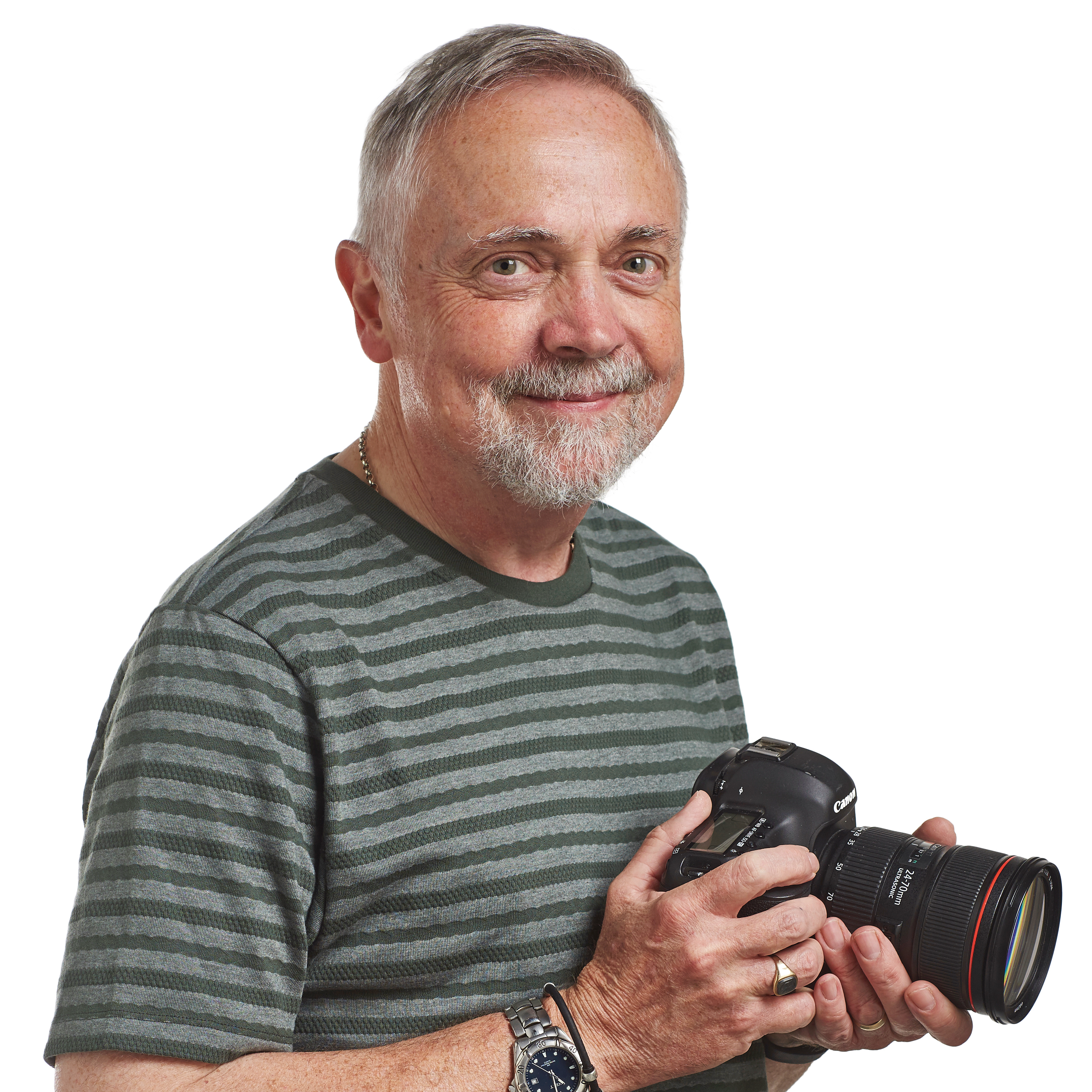
Rod is an independent photography journalist and editor, and a long-standing Digital Camera World contributor, having previously worked as DCW's Group Reviews Editor. He has used practically every interchangeable-lens camera launched in the past 20 years, from entry-level DSLRs to medium-format cameras, so he has the expertise to select the best Fujifilm lenses for you.
The Quick List
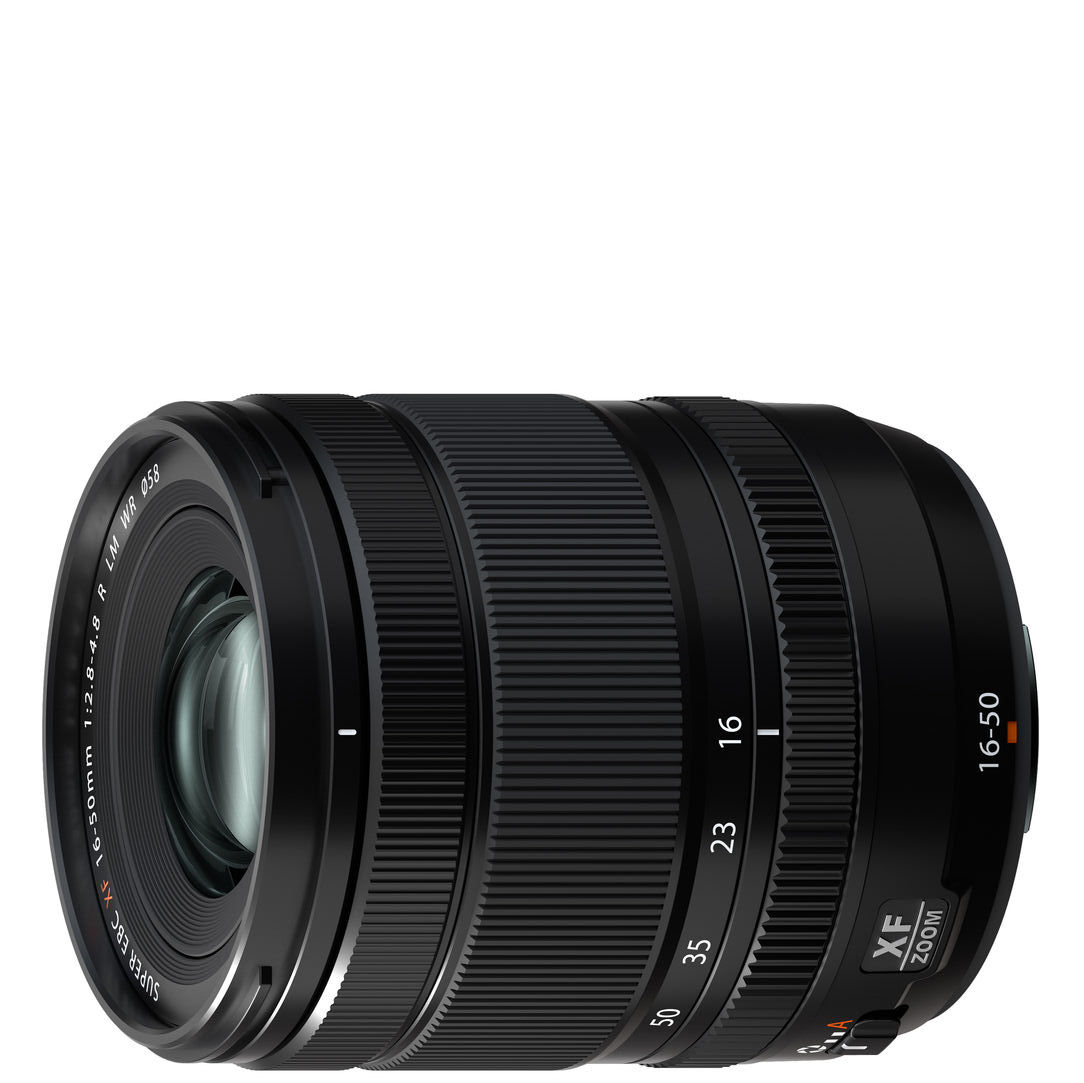
I'm impressed that the new version of Fujifilm’s ‘kit’ standard zoom is updated and upgraded, with superior image quality to cater to the 40MP image sensors in the latest X system cameras.
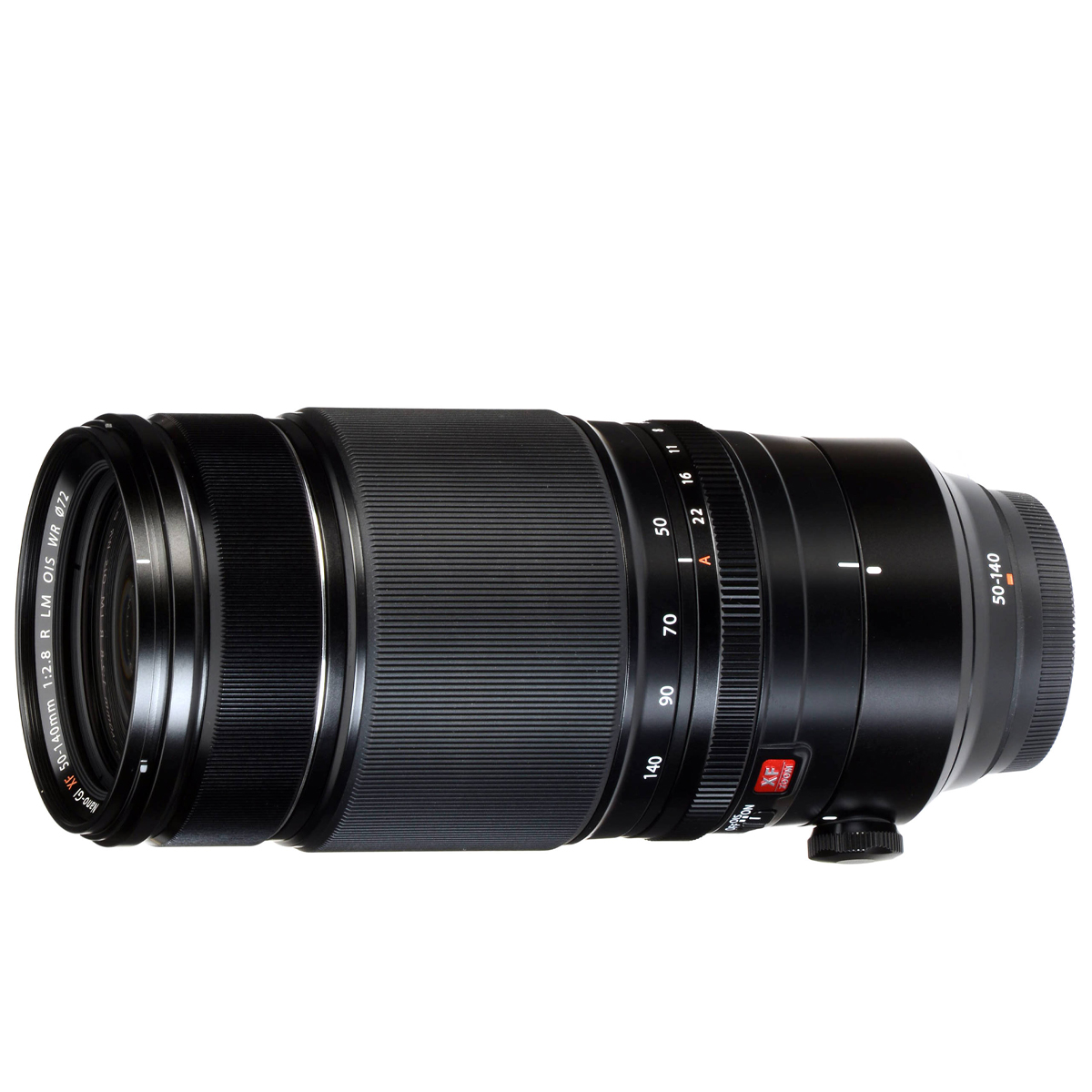
This zoom gives the equivalent of the classic 70-200mm telephoto, handling everything from portraits to sports. However, this big lens pushes the grip comfort of the X-T5 to its limits.
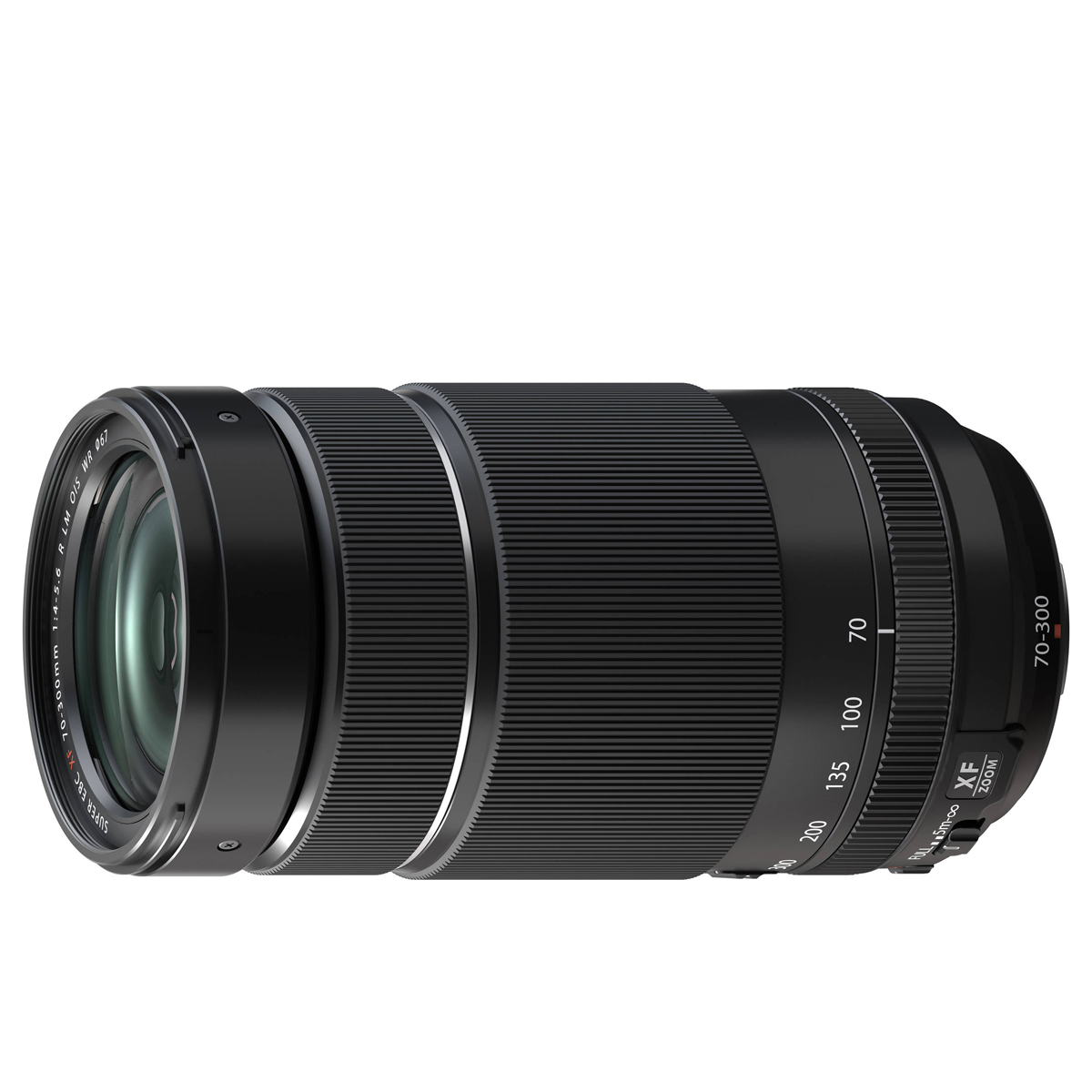
This affordable telephoto has a generous reach that gets you close to wildlife and sports, it's compact for its focal length, with weather sealing to handle the elements. But, you can get slightly sharper results with shorter ranges.
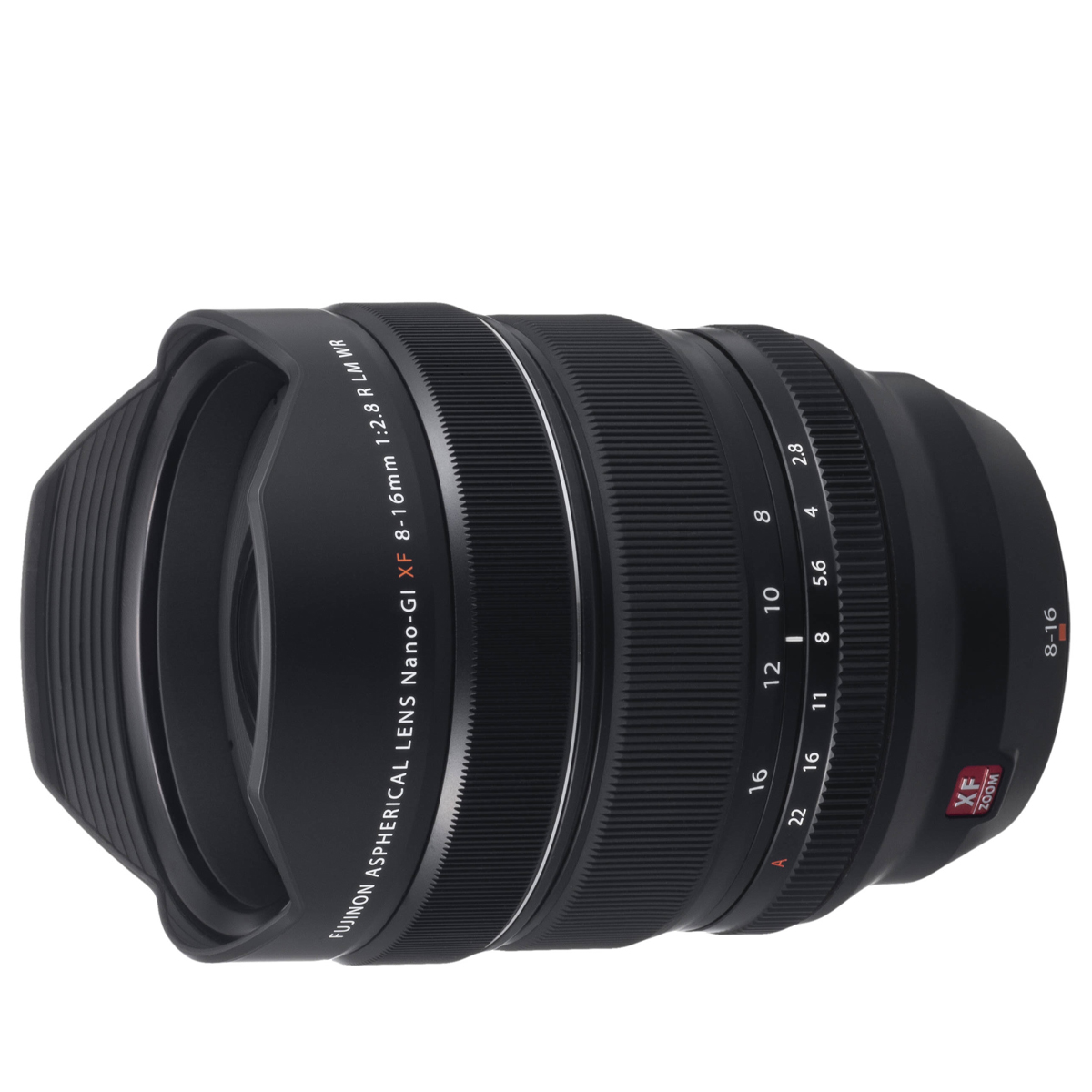
This is a relatively big wide-angle that delivers big images, with an epic viewing angle and a wide aperture to handle the fading light. If you need the best quality wide lens for your X-T5, then this is it.
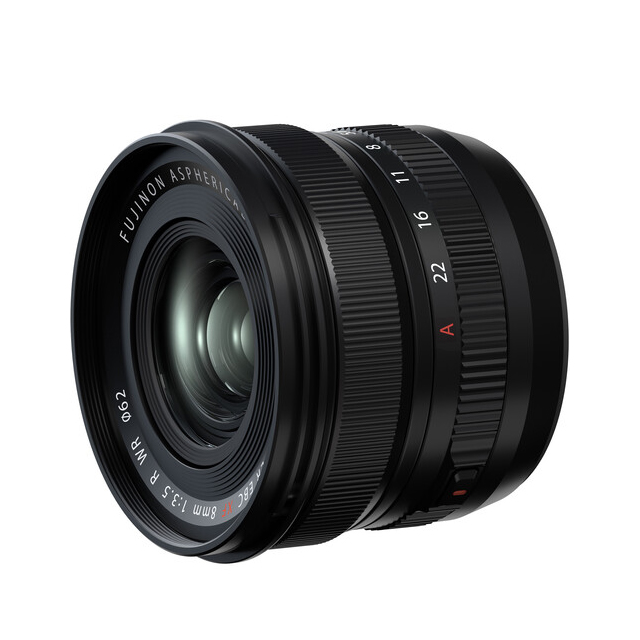
If you want an extremely wide lens that is both compact and affordable then this 8mm lens ticks all the right boxes. This lightweight prime lens still manages to squeeze in an aperture ring and focus ring.
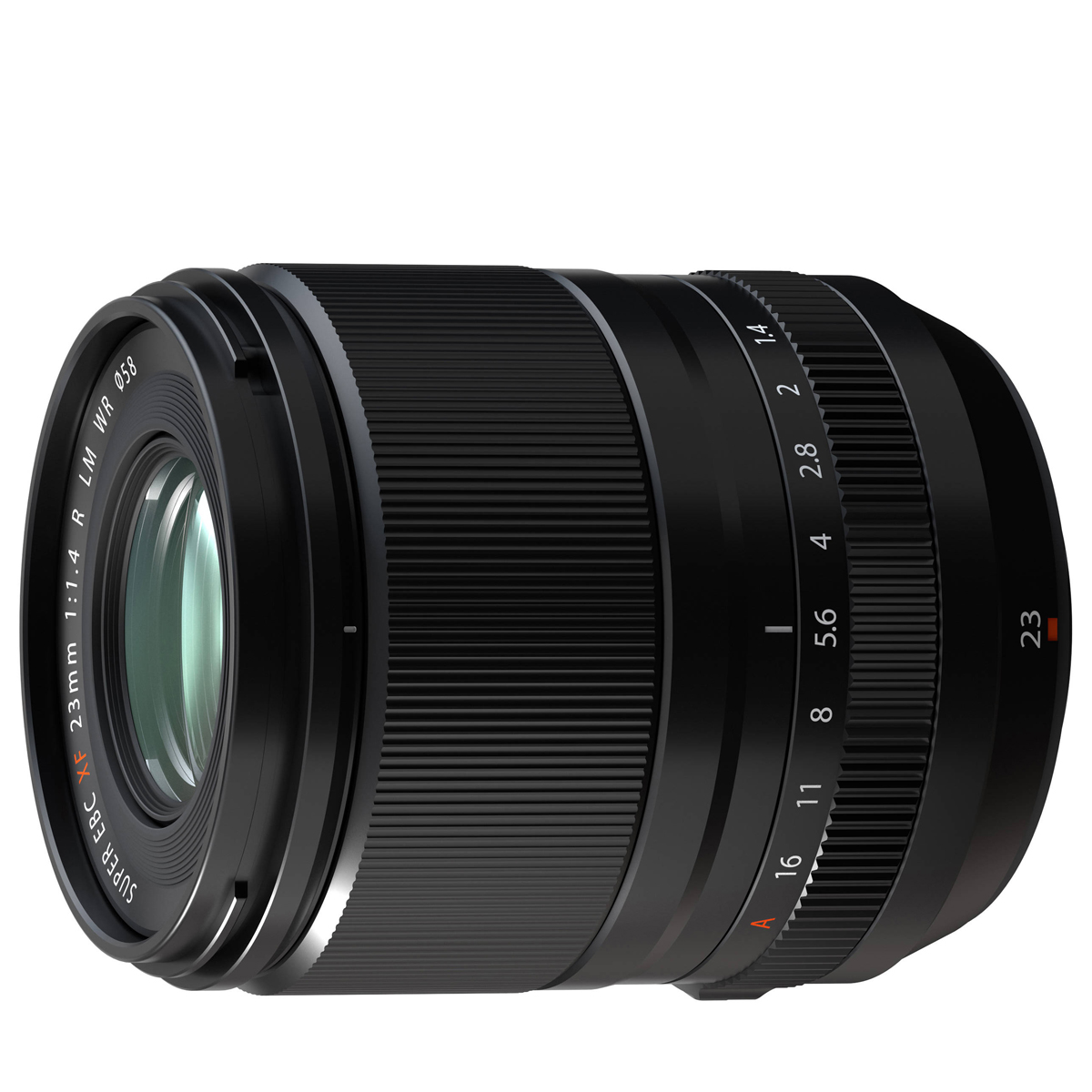
On the X-T5, this prime has the feel of a classic 35mm street lens, with handling bonuses that include an aperture ring and weather sealing, as well as Fujifilm's quickest autofocus motors for on-the-go snaps.
View the full list ⤵
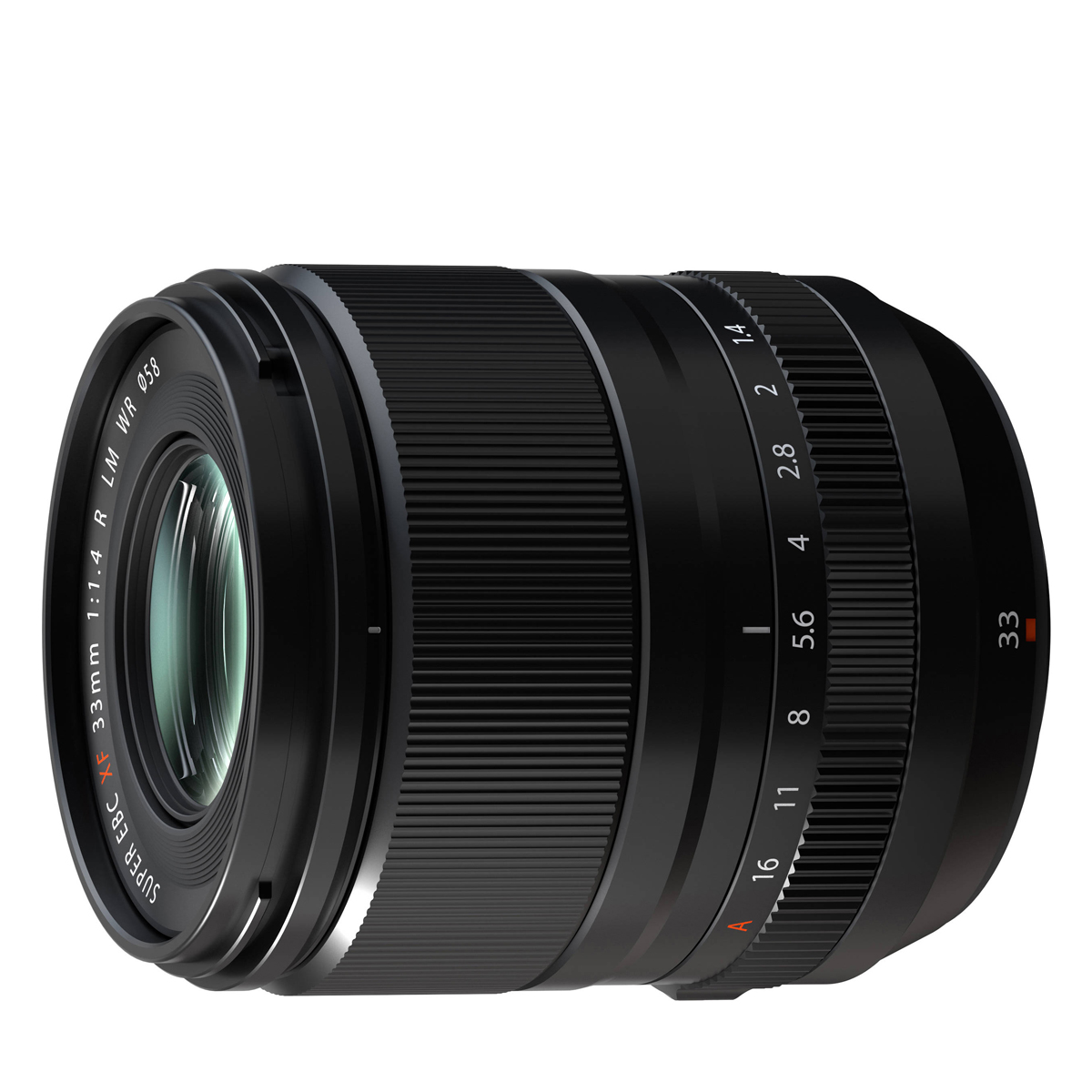
If you are looking for the classic 50mm focal length, with the X-T5's crop this is your best option. With a wide aperture, a physical aperture ring, and a responsive autofocus system, what’s not to love about this prime lens?
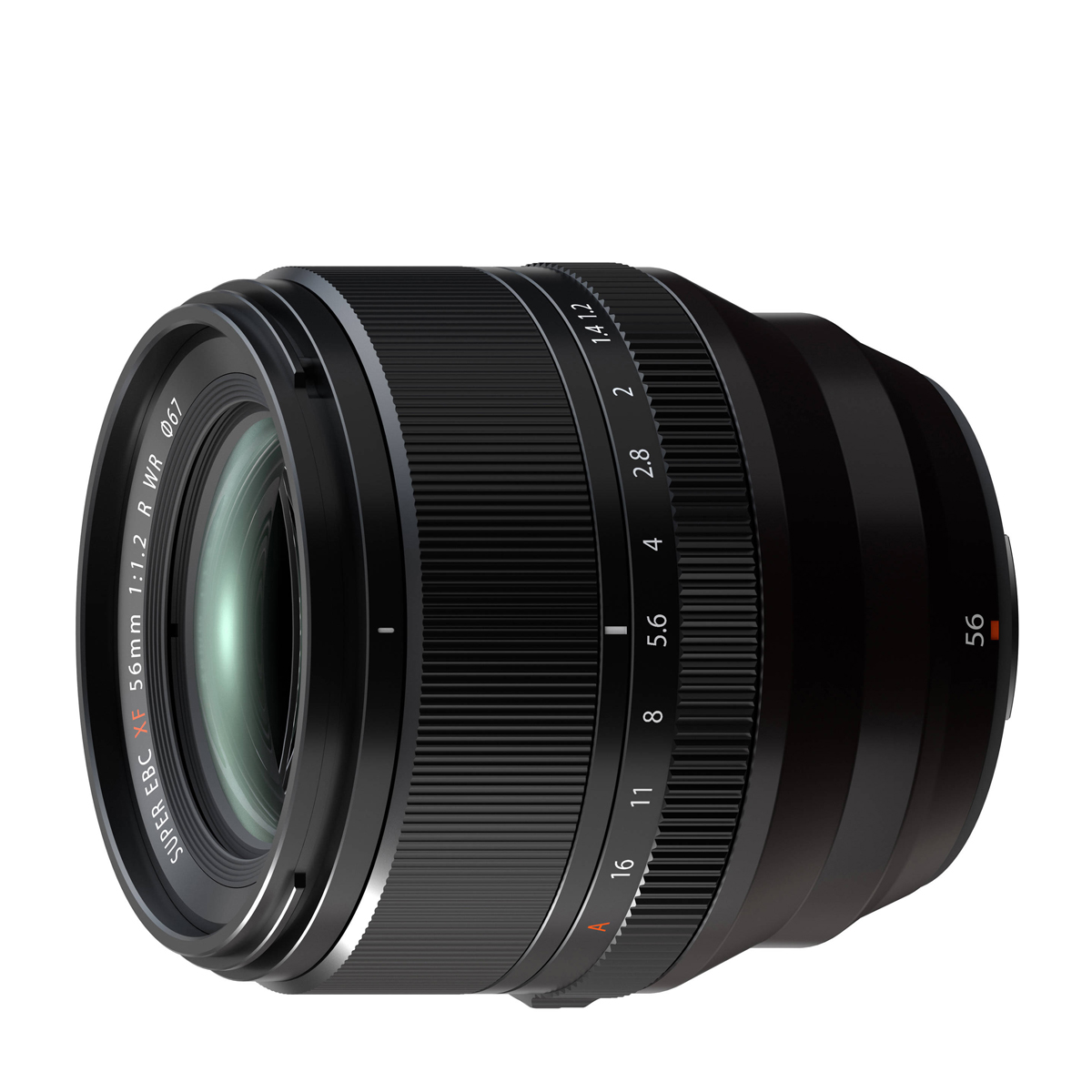
This prime gives you the effective focal length of a classic portrait lens on the X-T5, with a super-wide aperture to achieve dreamy bokeh and classic background falloff. It can also survive use outdoors with weather sealing.
Best lenses for the Fujifilm X-T5
Why you can trust Digital Camera World
Best standard zoom for Fujifilm X-T5
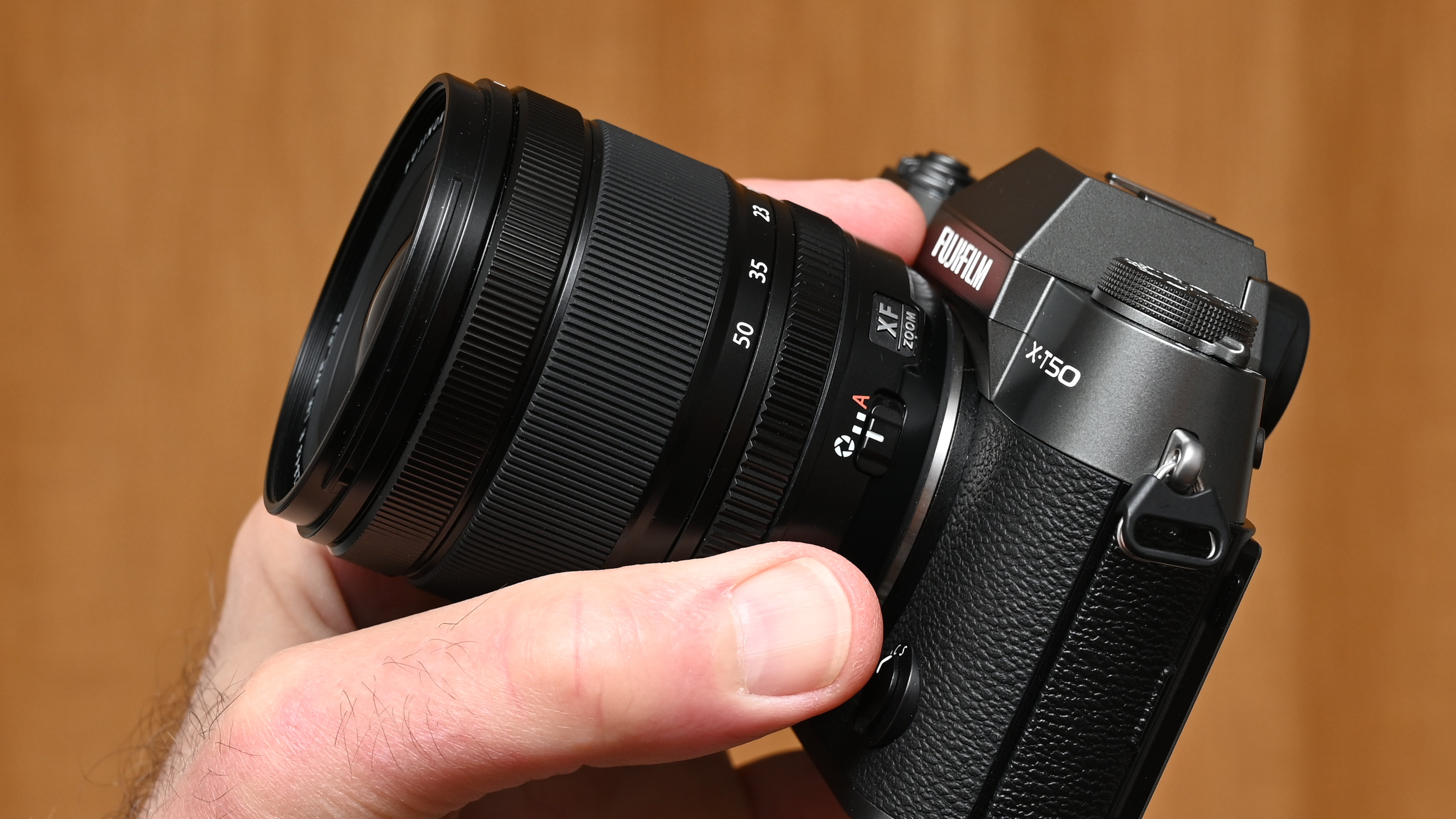
Specifications
Reasons to buy
Reasons to avoid
I’ve always felt that the trusty Fujifilm XF 18-55mm was one of the very finest standard zooms in the world, at least among those that were sold as ‘kit lenses’ along with a camera body. The new XF 16-50mm is even better. It’s designed to do full justice to the high-resolution 40MP image sensors in Fujifilm’s latest cameras, like the X-T5 and X-T50, ensuring super-sharp image quality that can make the most of all those extra megapixels.
I also really like that the new lens is very noticeably more wide-angle than its predecessor, at the shortest zoom setting. Sure, you lose 5mm at the long end but that’s much less noticeable. All in all, the ‘effective’ zoom range of 24-75mm in full-frame terms means that this lens can take on anything and everything for everyday shooting.
Although compact and lightweight, the lens feels really well built and includes an aperture control ring, with the addition of weather-seals that were absent in the older lens. Again, weather-seals make it even better as an everyday lens, whatever the weather.
Read more: Fujifilm XF 16-50mm f/2.8-4.8 R LM WR review
Best fast telephoto lens for Fujifilm X-T5
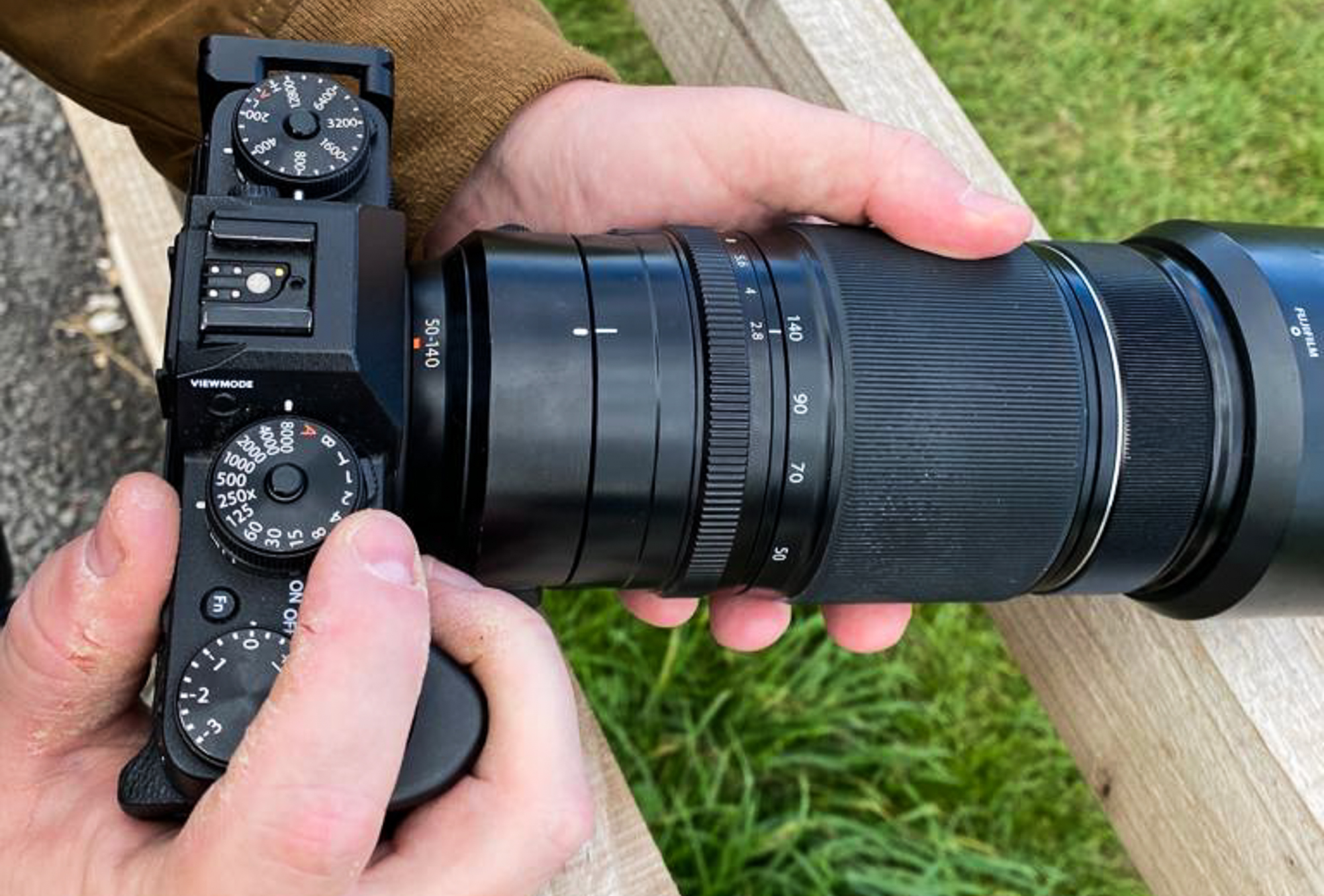
Specifications
Reasons to buy
Reasons to avoid
With an equivalent focal range of 75-210mm, the XF 50-140mm f/2.8 R LM OIS WR is equivalent to the 70-200mm f/2.8 lenses favored by professionals. One of Fujifilm’s ‘red badge’ lenses, it’s perfect not just for short-medium range sports photography, but I also find it great for portraiture and event photography – though it doesn’t offer a particularly close minimum focus distance, so it’s not ideal for smaller wildlife subjects.
The XF 50-140mm f/2.8 delivers excellent optical performance at a very competitive price – although, as with Fujifilm’s other ‘trinity’ lenses, you don’t really save a lot of weight or bulk compared to a full frame equivalent.
Read more: Fujifilm XF 50-140mm f/2.8 R LM OIS WR review
Best budget telephoto lens for Fujifilm X-T5
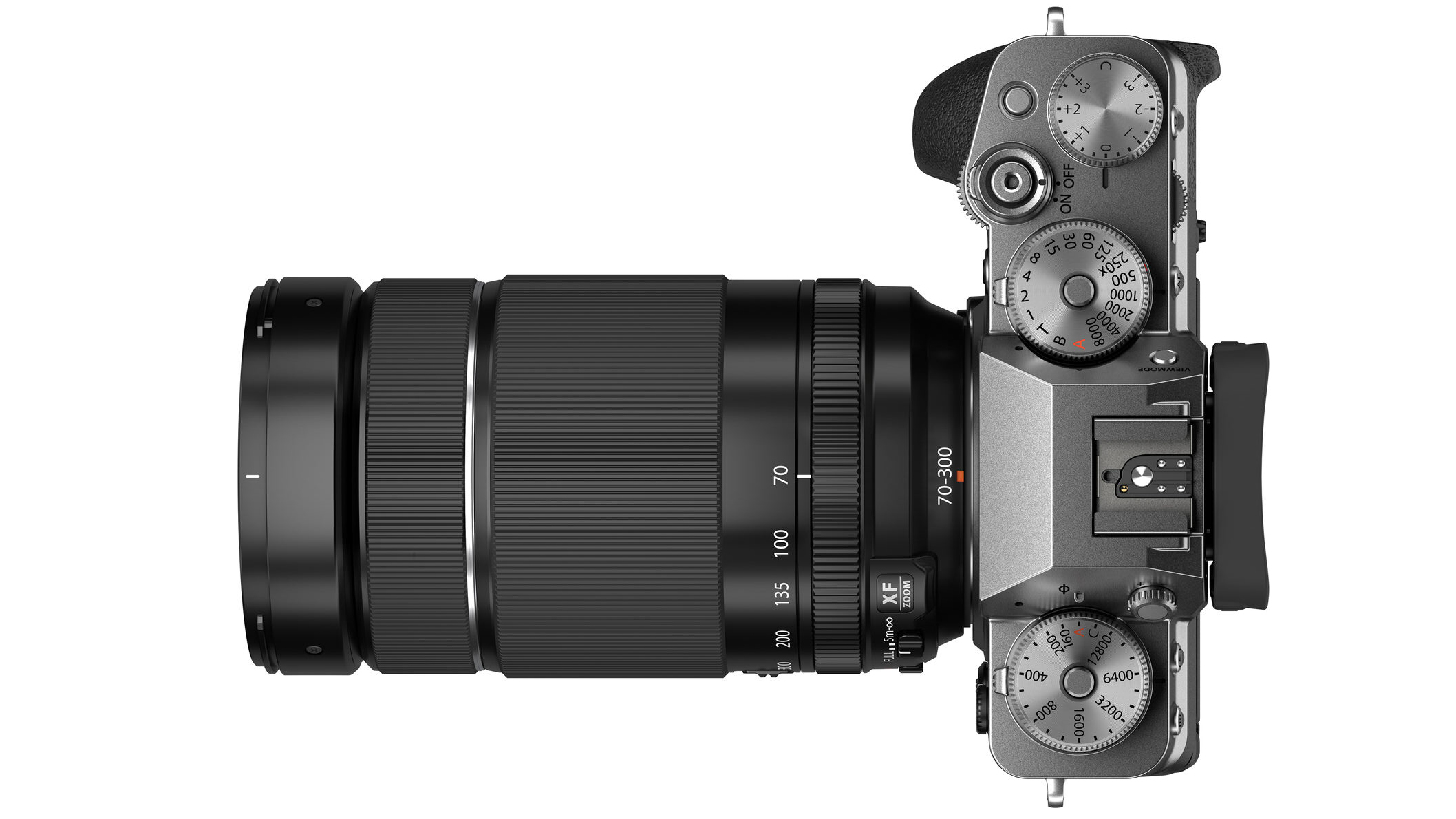
Specifications
Reasons to buy
Reasons to avoid
If you’re into sports and wildlife photography, the XF 70-300mm f/4-5.6 R LM OIS WR offers good telephoto reach (up to 450mm equivalent) at an affordable price. There are better telephotos in the Fujifilm range, but at much higher prices, and I’d guess that while anyone really serious about sports and wildlife would gravitate towards these, they’d probably be more likely to go for the X-H2S than the X-T5.
The XF 70-300mm f/4-5.6 is not a small lens, but I think it handles nicely, it’s weather sealed, has in-built optical stabilization and is compatible with Fujifim’s teleconverters, so you can increase its range still further.
Read more: Fujinon XF 70-300mm f/4-5.6 R LM OIS WR review
Best wide-angle zoom for Fujifilm X-T5
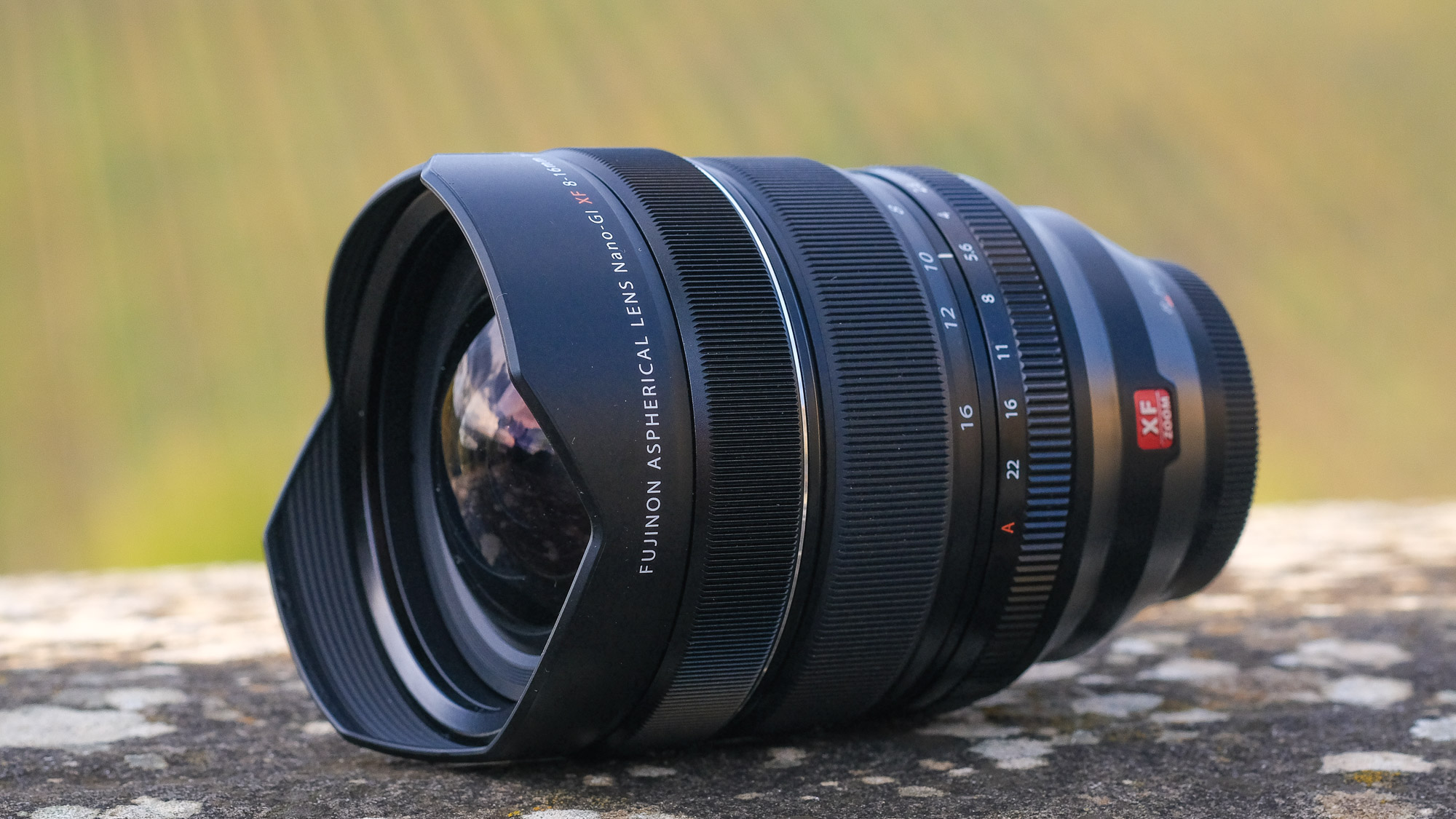
Specifications
Reasons to buy
Reasons to avoid
Fujifilm also makes an XF 10-24mm f/4 lens that’s a little cheaper and lighter than this one, but we’d still recommend the Fujinon XF 8-16mm f/2.8 R LM WR for all-round professional quality.
The XF 8-16mm isn’t just significantly wider than the 10-24mm lens, it’s a stop faster and has better optical quality too. With an effective focal range of 12-24mm, it fits in nicely with the XF 16-55mm lens if you have that too. Not only that, it’s half the price of equivalent lenses for full frame camera systems – it is not, however, half the size. This is a big lens.
Read more: Fujinon XF 8-16mm f/2.8 R LM WR review
Best wide-angle prime for Fujifilm X-T5
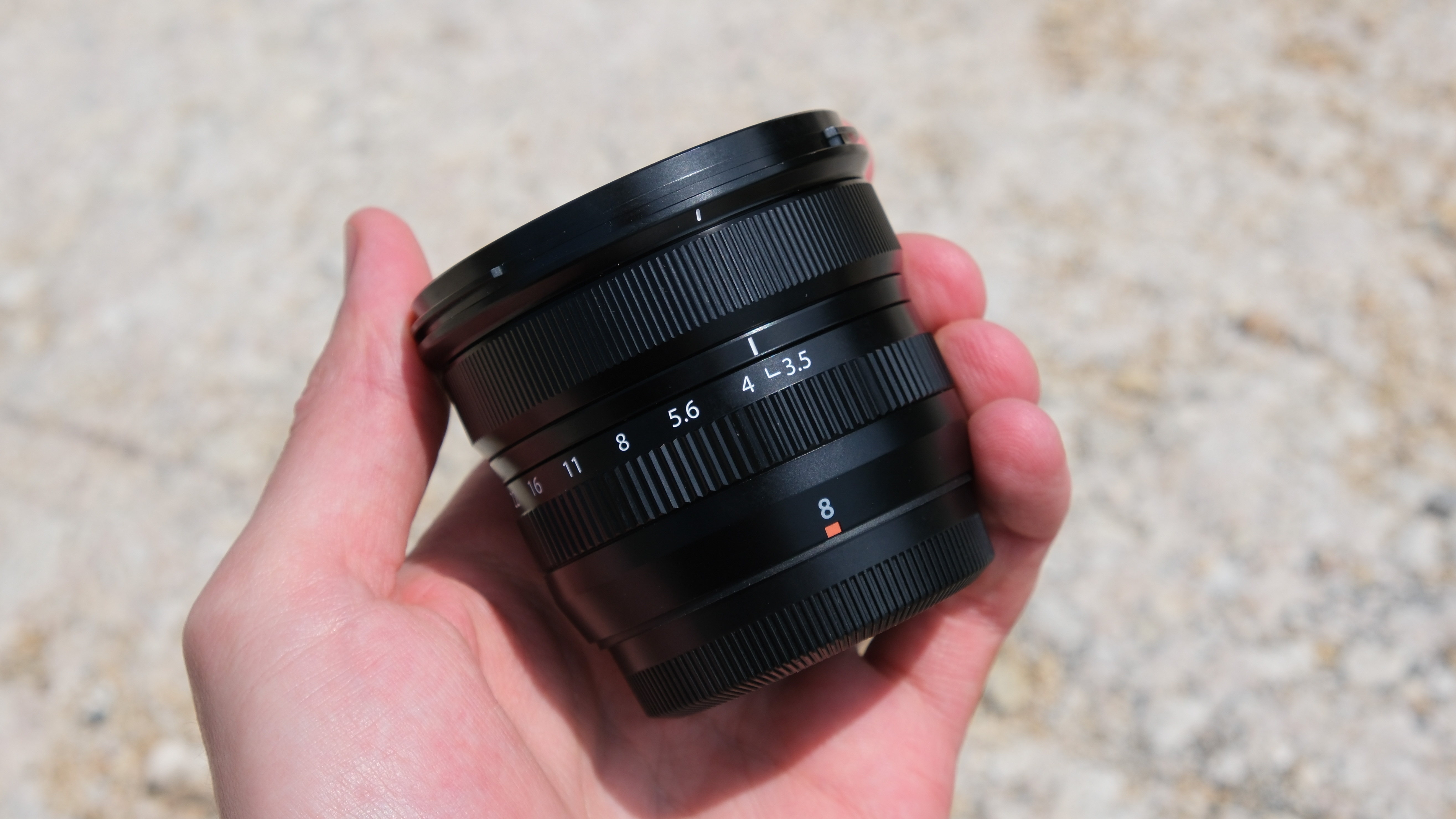
Specifications
Reasons to buy
Reasons to avoid
The traditional styling and external exposure controls are amongst the key reasons why enthusiasts will choose the X-T5, so it makes sense to choose lenses that reflect this classic camera handling.
The Fujifilm Fujinon XF 8mm f/3.5 R WR lens is an excellent addition to your Fujifilm X-T5 kit if you are looking for an ultra-wide-angle lens with high performance. Its 8mm focal length provides a 120-degree field of view, making it perfect for dramatic landscape shots, architectural photography, and creative compositions.
The lens is lightweight, weather-resistant, and compact, making it a great travel companion. It delivers sharpness across the frame with minimal distortion and chromatic aberration, even in challenging lighting conditions. The robust build and reliable autofocus also offer great results for shooting video.
Read more: Fujifilm XF 18mm f/1.4 R LM WR review
Best street lens for Fujifilm X-T5

Specifications
Reasons to buy
Reasons to avoid
Fans of street photography should take a look at the XF 23mm f/1.4 R LM WR. It offers a fast maximum aperture, fast and silent AF and has an effective 35mm focal length. Like Fujifilm’s other new f/1.4 primes, it delivers superb optical performance, it has a neat, unfussy design and it’s weather sealed too. You get a physical aperture ring too, but these newer primes don’t have distance scales – although in MF mode the camera can display both the focus distance and depth of field indicators.
This is another terrific prime from Fujifilm at a competitive price. It’s fairly long in the body for a 23mm APS-C prime, but it is a lot smaller than a 35mm f/1.4 for a full frame camera.
Read more: Fujinon XF 23mm f/1.4 R LM WR review
Best standard prime for Fujifilm X-T5

Specifications
Reasons to buy
Reasons to avoid
The XF 33mm f/1.4 R LM WR has an effective focal length of 49.5mm in full frame camera terms or, as near as makes no difference, 50mm. You probably wouldn’t choose this lens and the XF 23mm as they are fairly close in their angles of view, but it could be a good lens to pair with the XF 18mm.
As usual with this crop of new f/1.4 LM lenses, the XF 33mm f/1.4 produces excellent image quality, with fast and quiet autofocus, weather sealing and a physical aperture ring. For X-T5 owners who are fans of the 50mm focal length, this is a no-brainer.
Read more: Fujinon XF 33mm f/1.4 R LM WR review
Best portrait lens for Fujifilm X-T5

Specifications
Reasons to buy
Reasons to avoid
Every lens range needs a professional quality ‘portrait’ lens, and this is Fujifilm’s. The XF 56mm f/1.2 R WR effectively replaces the older APD and non-APD lenses – the APD lens used an apodization element to enhance bokeh, but Fujifilm has clearly decided its newer lens doesn’t need any help. The image quality is excellent, even wide open and right to the edges of the frame.
If you want a classic portrait lens for your X-T5, the XF 56mm f/1.2 is perfect, offering the equivalent of 84mm in full frame camera terms. Its super-fast f/1.2 maximum aperture also gives similar depth of field to an 85mm f/1.8 portrait lens on full frame.
Read more: Fujinon XF 56mm f/1.2 R WR review
Lab data and comparisons
The graphs below show the comparative performance of the lenses in this guide, based on our in-house lab tests. You see that the XF 56mm comes out on top for sharpness and that the XF 50-140mm averages out to very little distortion across the whole zoom range.
Scores for sharpness and color fringing are averaged from data taken across the entire image frame, from the center to the edges and corners, throughout the aperture range. For zoom lenses, the scores are also averaged from data measured at all marked focal lengths, and the same applies to distortion. Bear in mind that these average values don't fully reflect specific areas of performance. For example, a zoom lens might have noticeable barrel distortion at its shortest focal length, which is less obvious when everything is averaged out. For more detailed graphs of each lens's performance, take a look at the graphs published in our full standalone reviews.
How to choose the best lens for the Fujifilm X-T5
Which lenses fit the X-T5?
The X-T5 uses the Fujifilm X-mount, which means it works with all lenses designed for X-series cameras. The model names of Fujifilm’s own X-mount lenses begin with XF or XC (as well as MKX for cine lenses). If you are buying a third-party lens for the X-T5, check that it is made for the Fujifilm X series.
The X-T5 has an APS-C image sensor, so it doesn’t capture the entire picture coming through the lens in the way a full-frame camera does. To get a sense of the type of photo a given lens should capture on the X-T5, multiply its focal length by 1.5.
For example, the Fujfilm XF 56mm lens has roughly the same field of view as an 84mm lens on a full-frame camera.
How do I know which lens to get for my X-T5?
The reason there are so many types of lens in the first place is that different scenes demand different lens designs, particularly when it comes to focal length and aperture rating.
Usually, you will decide what you want to photograph, then get a lens with the focal length that suits the situation. For example, to shoot landscapes you will need a wide-angle lens, while for sports and wildlife you will need a telephoto.
You can watch this video that explains focal length: it helps you work out what kind of lenses you need for different genres of photography.
How we test lenses
The lens experts in our testing lab run a range of tests under controlled conditions, using the Imatest Master testing suite. Photos of test charts are taken across the range of apertures and zooms (where available), then analyzed for sharpness, distortion and chromatic aberrations.
We use Imatest SFR (spatial frequency response) charts and analysis software to plot lens resolution at the centre of the image frame, corners and mid-point distances, across the range of aperture settings and, with zoom lenses, at four different focal lengths.
There's more to it than just the technical side, though! Beyond the lab, our reviewers test lenses in real-world environments – and sometimes on professional shoots! We work with lenses both indoors and outdoors, in studio conditions and in natural light, with as many different subjects as is possible (or appropriate – there's no point testing a landscape lens' ability to shoot a portrait!).
We take into account everything from handling and ease of use to speed of autofocus and the overall quality of the images produced.
Find out more about how we test and review on Digital Camera World
Get the Digital Camera World Newsletter
The best camera deals, reviews, product advice, and unmissable photography news, direct to your inbox!

Rod is an independent photography journalist and editor, and a long-standing Digital Camera World contributor, having previously worked as DCW's Group Reviews editor. Before that he has been technique editor on N-Photo, Head of Testing for the photography division and Camera Channel editor on TechRadar, as well as contributing to many other publications. He has been writing about photography technique, photo editing and digital cameras since they first appeared, and before that began his career writing about film photography. He has used and reviewed practically every interchangeable lens camera launched in the past 20 years, from entry-level DSLRs to medium format cameras, together with lenses, tripods, gimbals, light meters, camera bags and more. Rod has his own camera gear blog at fotovolo.com but also writes about photo-editing applications and techniques at lifeafterphotoshop.com
